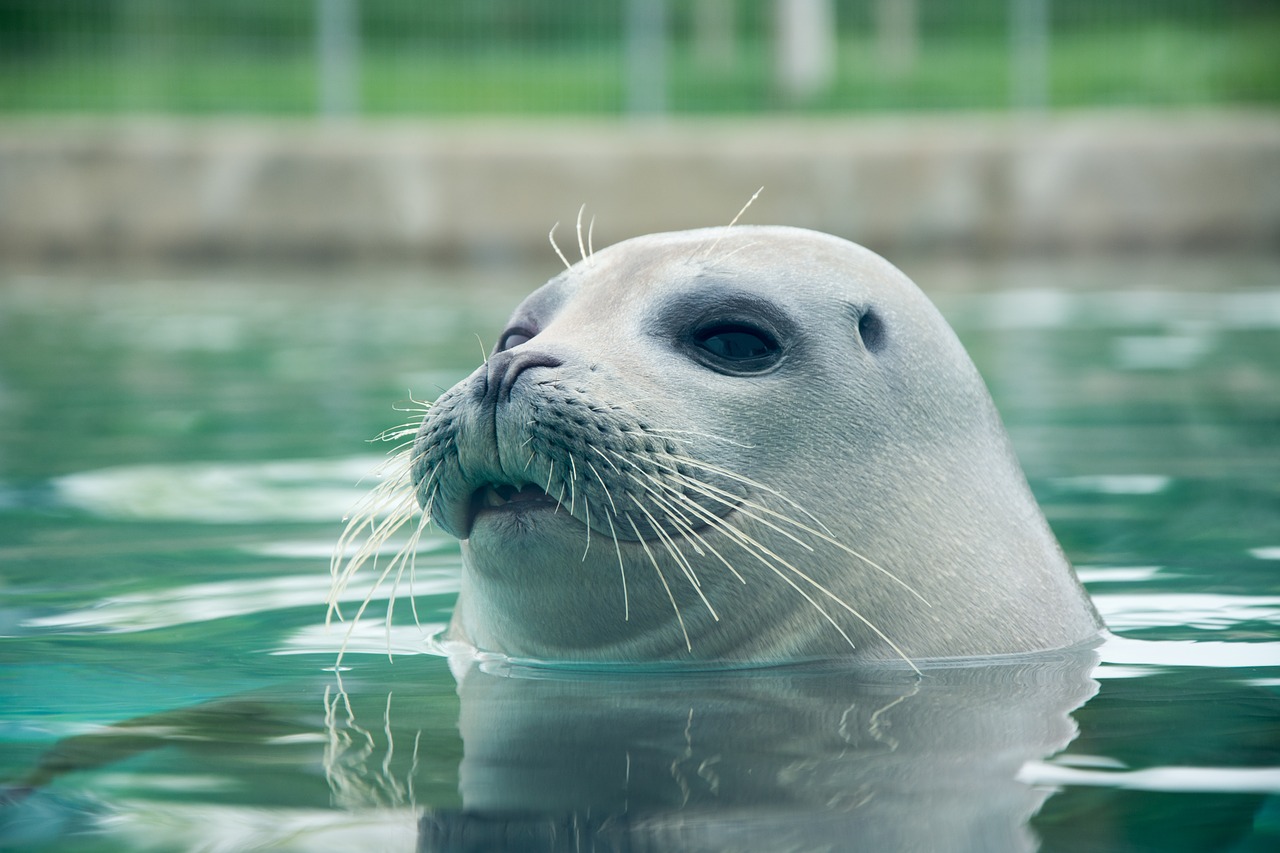HOOKS EVERY FISHER NEEDS

FISHING HOOKS 101: The TOP 11 HOOKS EVERY FISHER MUST HAVE
Although the fishing hook is the smallest piece of an angler’s setup, it is the most crucial. Without one, you will not catch much fish. There are many fishing hooks that can catch different types of fish. It is important to be familiar with your fishing hooks in order to choose the right one for you. We will be breaking down each part of a hook and discussing their uses, as well as how they can impact your chances of landing the big one.
A list of the best 11 fish hooks that every angler should have is also available.
Parts of a FISHING HOOK
We need to understand the basics of hooks in order to fully appreciate the different types and their purpose. It’s very simple. Each hook has a throat and a point.
Throat: The part of the hook that runs from the point to the throat. The hook’s throat is the part that runs down the fish’s throat.
Point: The point at the end was used to puncture the fish’s mouth.
Barb: A spike that faces backward to prevent the hook from coming free after you have caught your catch
Bend: This is the section of the hook that curves back onto itself
Shank: This is the long, straight section of hook that attaches to your line.
Eye: This is the small hole that allows the hook to attach to lures or lines.
A gap is the distance between the tip of the hook (the end of the throat) and the shank (the back of the hook).
Each hook is designed to catch specific fish and serve a purpose. Some hooks can be used with thin baits like worms. Others have wide gaps that allow you to use larger baits.
Let’s now talk about the purpose of your hook!
DIFFERENT TYPES OF HOOK POINTS
The fish hook looks like a mullet. You read that right! You can party at the back and do business up front! The hook’s point is all about business so that you can have fun with your new catch. You can make the difference between landing the big catch and returning empty-handed. There are many hook points. We will only discuss the most common.
Rolled-in point: These hooks work well for fish that jump or thrash when being brought up to shore or into the boat. The rolled-in point allows for deeper penetration with less pressure.
Needlepoint: This reduces the damage to the fish, and makes it more difficult for them to throw. They taper towards the shank which allows them to pierce easily, and cause little damage or harm once they are through. It is a great choice for catch-and-release.
Hollow Point: These hooks are the best for small-mouthed fish. They have a bent-in spike that curves down to the barb. This helps the fish stay in their place once hooked. These hooks might not be suitable for fish with tougher mouths.
Knife Edge Point: These are great for maximum penetration. They are sharp on both sides and point away from the shank. They can cause serious damage to fish due to their intensity.
Spear Point: Are you looking for a point that is universally applicable? The spear point could be the right choice for you! The spear point strikes the perfect balance between penetration of the fish and minimal damage. They are easy to sharpen.
Types of HOOK EYE
Although it may seem tempting to think that all fishing hook eyes are the same, it is false. Certain eyes are best suited for certain purposes and require specific knots or tying styles. Some eyes can also be strengthened to withstand the stress of large-scale game battles.
The most versatile and common eye, is the simple ringed eye. It is simple to thread the fishing line through it and can be used with many knots.
Brazed Eye: This eye works well for larger fish. The loop is closed with melted metal to prevent the hook from breaking or bending during a battle against your monster.
Needle Eye Hooks – This eye is great for fishing with bait. It’s easy to thread the whole hook through the baitfish.
There are many types of eyes you can use to catch specific fish. Dry fly anglers will often choose a tapered or tapered eye. This is because the tapered eye is thinner towards the end of your loop. A slimmer eye helps to keep the fly’s weight down and allows it to float properly. Some fly anglers opt for looped eyes, which give wet flies more weight.
To BARB or not to BARB? That is the question.
Let’s talk about barbs. Barbs serve the primary purpose of keeping your fish and bait on the hook. The barb can cause more fish damage than a barbless one. If you intend to catch and release, a barbless hook is better. Barbed hooks can cause larger holes in fish and get stuck deep within the fish. This makes it harder to remove and reduces the fish’s chance of survival. The barbed hook is best if you intend to take the fish home for a meal.
One size fits all
SIZES AND AUGHTS
It can be difficult to choose the right size hook. Both larger and smaller hooks have pros and cons. Smaller hooks, for example, are easier to set and less affected by current. They can also cast farther and allow you to catch smaller or larger fish. Smaller hooks can be harder to spot by fish, are easier to pull from the mouth and to swallow, and are easier to break.
The smallest hook size begins with the largest number, and then works its way down. A 32 hook is small compared to a 0. The larger hook sizes are pronounced aught once you get past zero. This size is then a slash followed by a zero. For example, 20/0. A 2/0 hook, for instance, is larger than a 2/2 hook, while a 4/4 hook is smaller than a 2/2.
Hooks come in a variety of sizes and wire gauges. Hooks can be made from very fine, heavy, or extra heavy wire. They can also work up to 4X heavier than normal.
Although each manufacturer uses the exact same numbering system for hook sizes, they may differ between brands. They can also differ in size between styles. A 4/0 circle hook can be completely different from a shiner hook.
TOP 11 FISH HOOKS TYPES AND THEIR USE
There are hundreds of options for fish hooks. It can be difficult to choose the right one. Each of these hooks has its own unique purpose, and we can’t go into detail about them all. We will instead focus on the best 11 for every angler.
- BAIT HOLDER HOOKS
The name says it all. Bait holders ensure that your bait remains in place. These holders are extremely effective in keeping the bait on its hook, but can also cause damage to the fish. Barbs can also cause damage to your catch making them not a good choice if you’re releasing and catching.
- WORM HOOKS
This hook is perfect for those who love to fish with real or plastic worms. The worm hook has a bend at the eye that holds the “head” of a worm in place. While the point penetrates the body to conceal it from unsuspecting fish, the point pierces it. The lure’s rest is free to move around naturally.
- JIG HOOKS
You can easily convert jig hooks to catch and release by simply filing the barb at the point. They are easy to use and very effective. To increase the lure’s movement through the water, the angle of the eyes is adjusted.
- CIRCLE HOOKS
Fishes are best friends. As they aim at the corner of the fish’s face, circle hooks are the best hook to use for hooking them. The shank is protected by the point that bends towards the point, which prevents the hook from sinking into the fish’s throat. You will need to learn how to use a circle hook.
- WEEDLESS HOOKS
Do you want to catch a bass? The weedless hook could be your best friend. These hooks are great for fishing lakes or ponds that have heavy plant life. A thin guard clips to the hook, stopping you from pulling out a weed catch every time you reel it in. The hook can also be released as soon as the fish takes it.
- TREBLE HOOKS
Do you plan to scale a miniature-castle while on your way to the ocean? The treble hook seems to be able to do just that. The treble hook has three points, giving you three chances to win your prize. No matter where your hook is located in the water, there is a good chance that one of the points will be facing the right angle. These hooks have their challenges. These hooks do not penetrate the catch and can be easily removed accidentally.
The article was written by a professional charter captain at Salty Knots Fishing Charters with 15+ years of experience in the Gulf of Mexico. Salty Knots Fishing Charters is a local fishing charter service based out of St. Pete Beach, Florida. “We know what it takes to catch a giant trophy fish!” Salty Knots Is the best when it comes to St Pete Fishing Charters.










